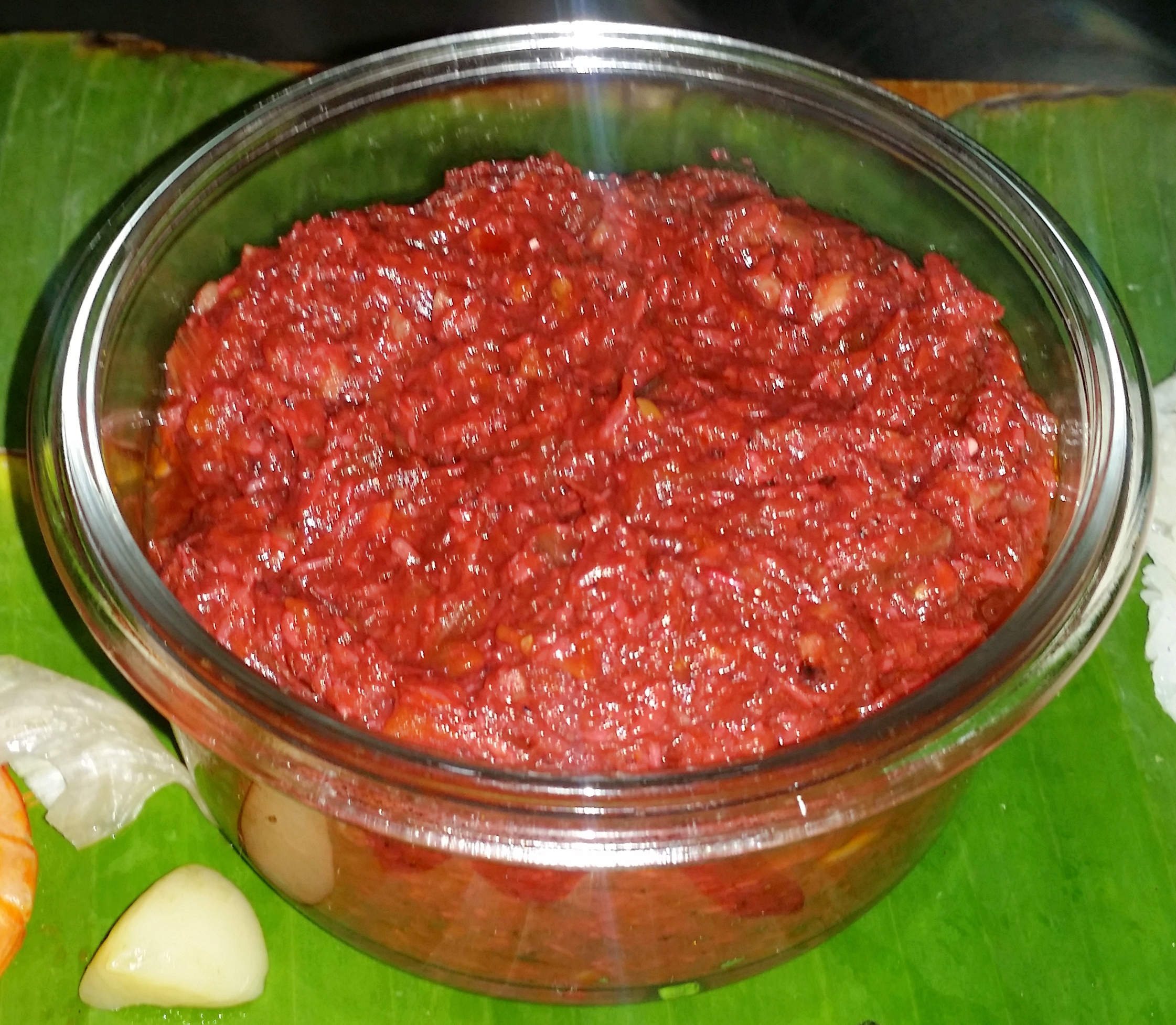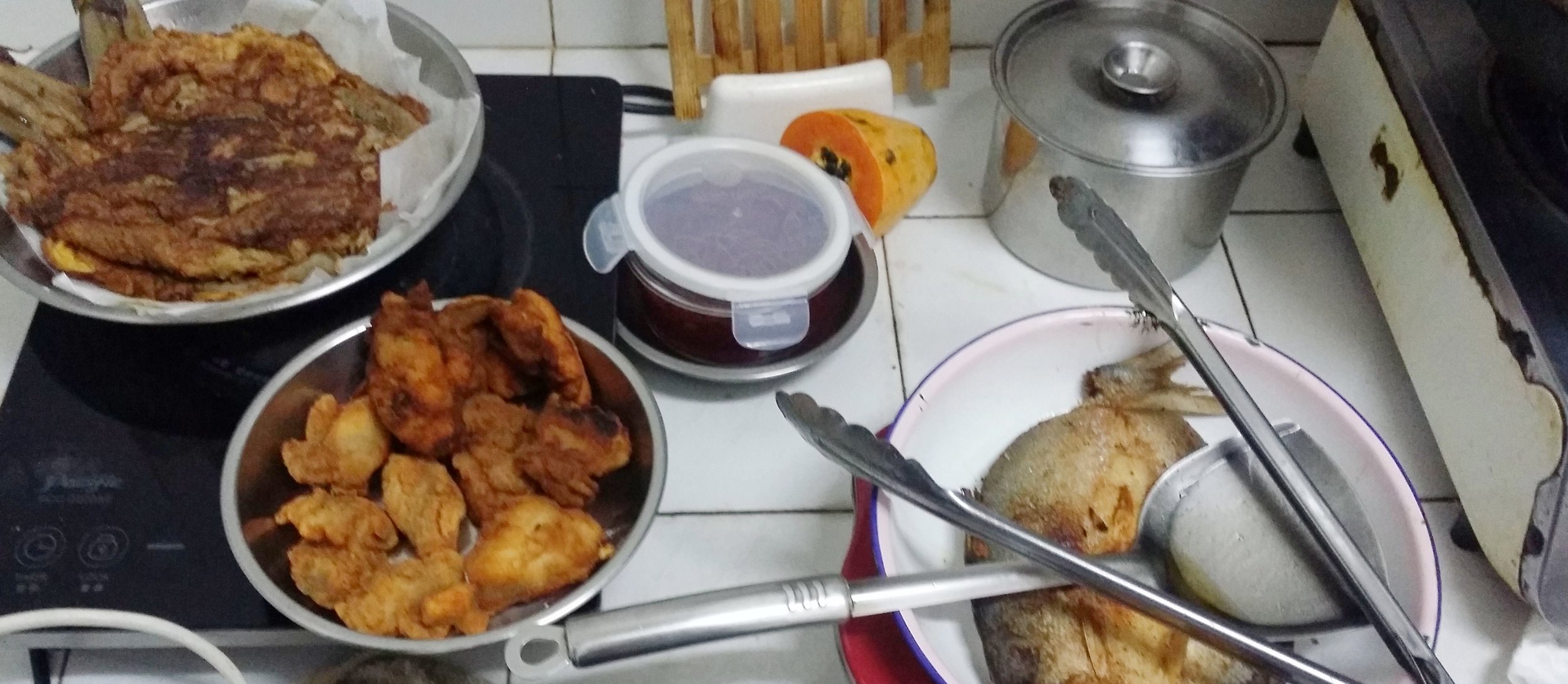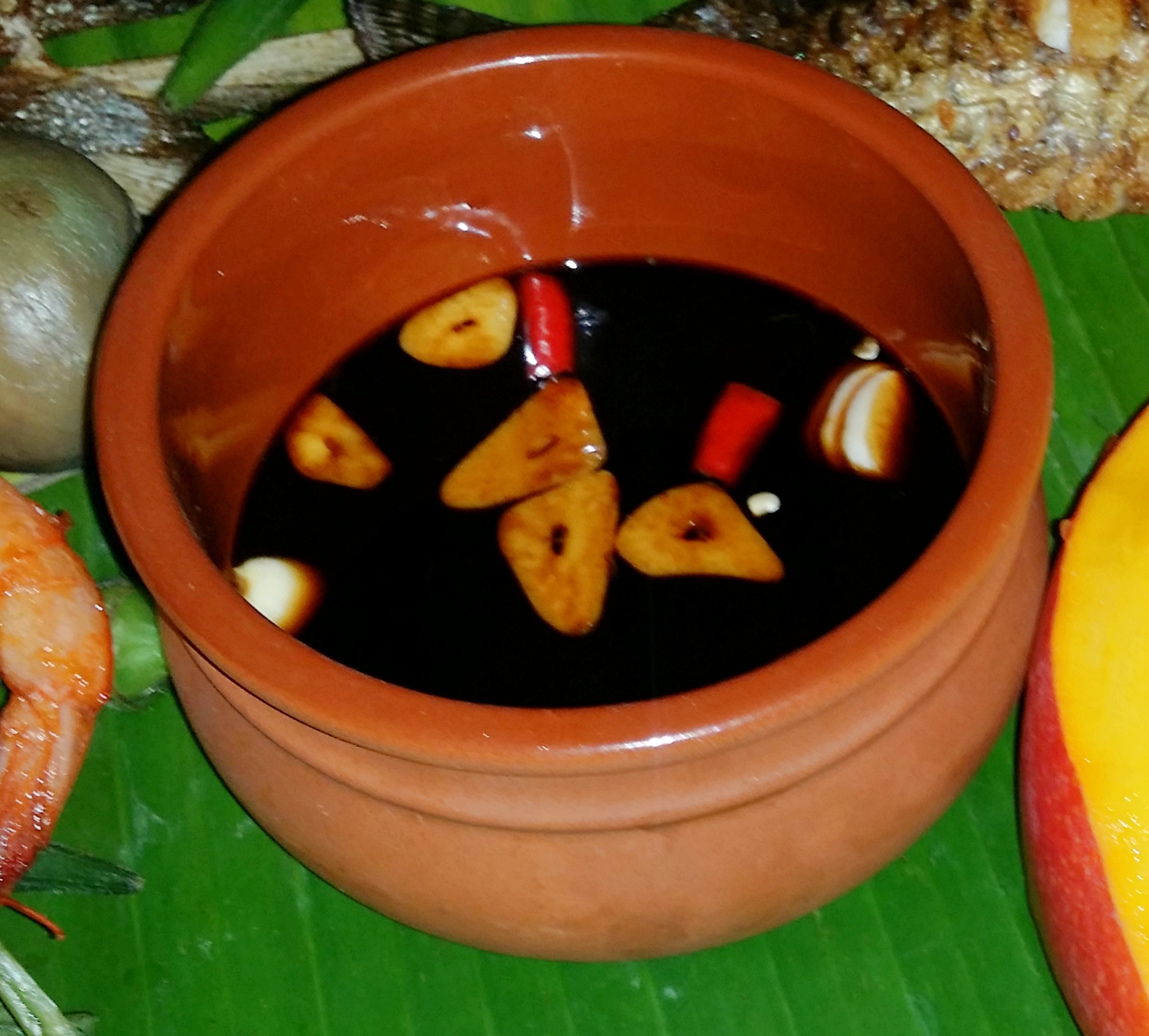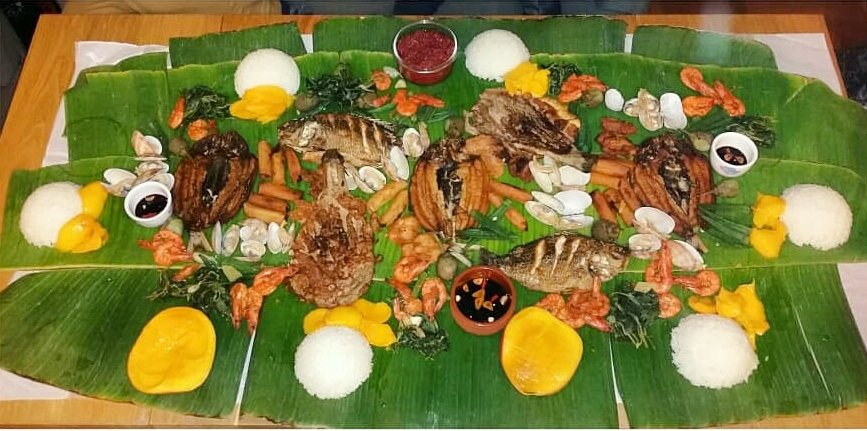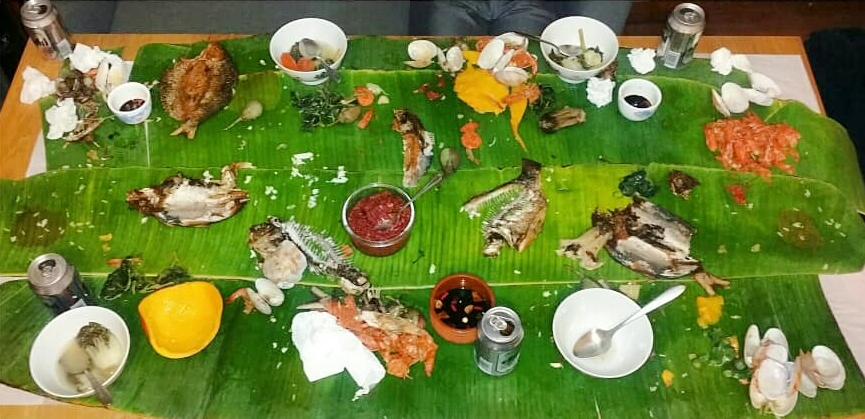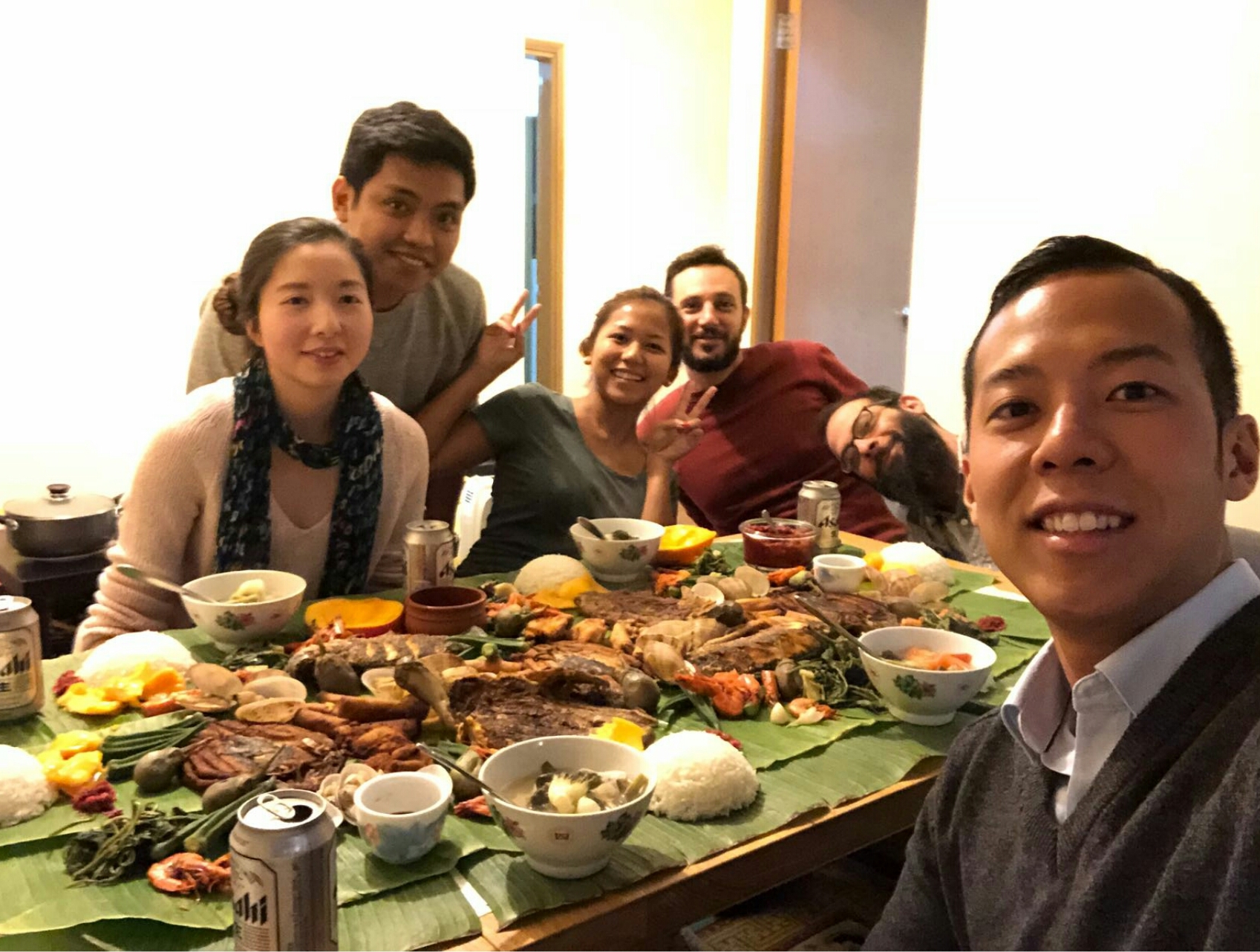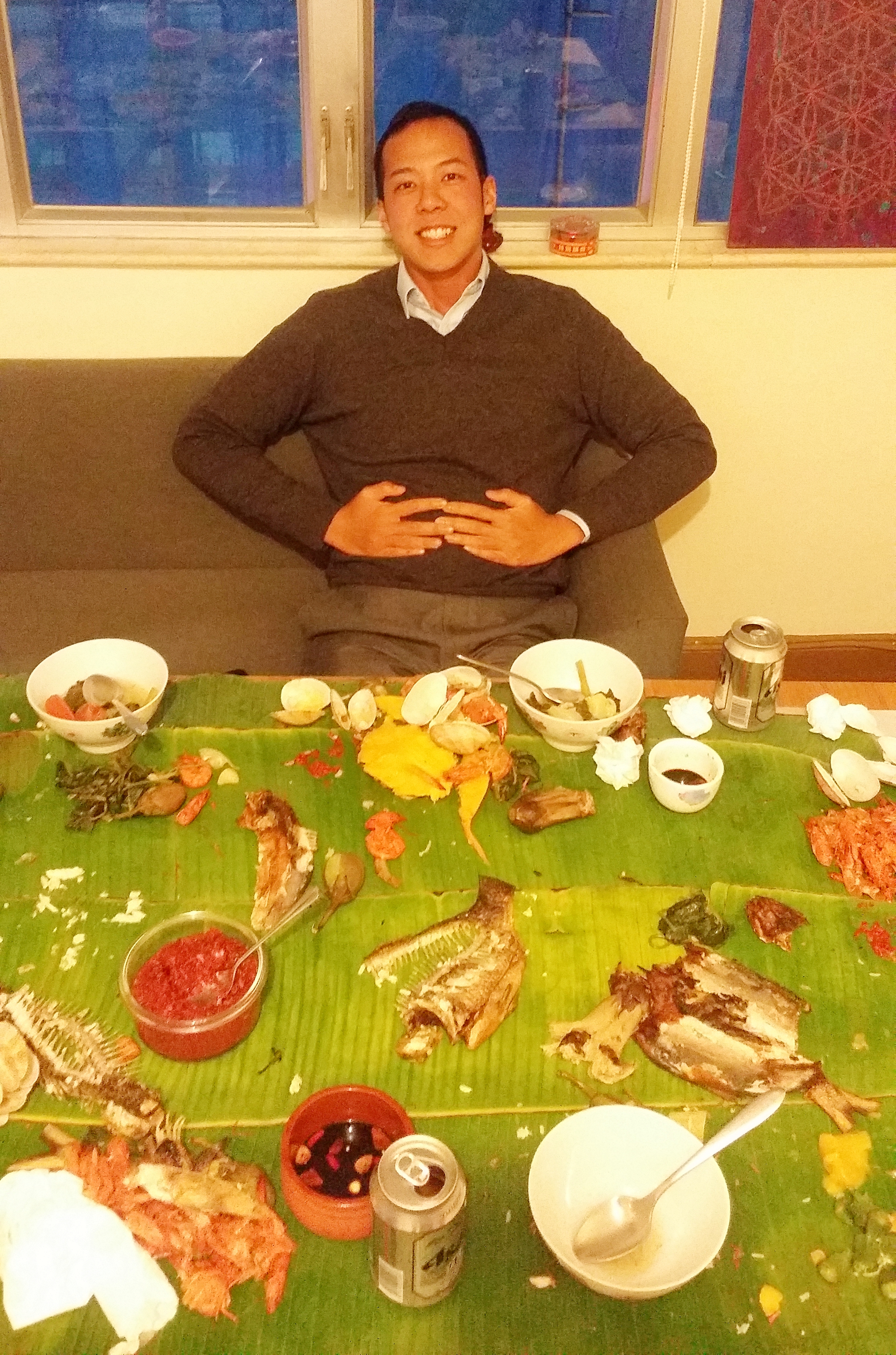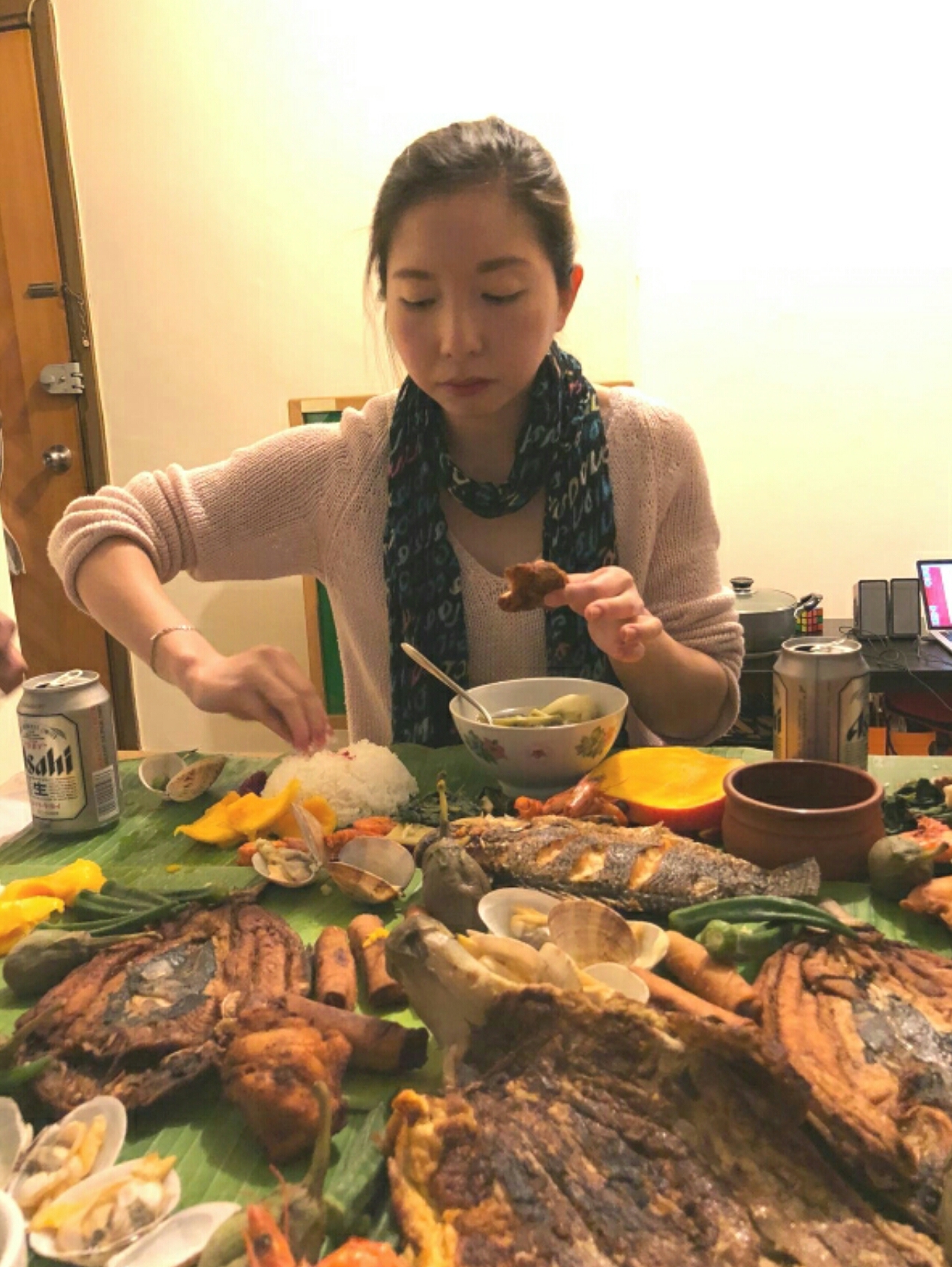The question, “How well do you know your Chinese roots?” is always the question I ask myself whenever I attend a family event or when I encounter some festival that I am not fully aware. I have always wanted to dig deeper into my Chinese roots. You see, I am Chinese by descent, but I was born and raise in the Philippines. Then, I moved to Hong Kong when I was about 14 years old. I was exposed to many different cultures when I was growing up and I never really have the chance to get to know my roots fully. I am 100% sure that I am not the only one who feels the way I do.
Therefore, I created this blog for people who are not so familiar with Chinese cultures and traditions, like me.
THE CHINESE CULTURES AND TRADITIONS
CHINESE RELIGION
Buddhism is the main religion for most Chinese people. People usually go to the temple to pray and to pay their respect and gratitude to the beloved Buddha. Some people also have a prayer room in their houses.
I grew up knowing two religions - Buddhism and Catholic. I was baptised in the Philippines when I was a baby. It is a requirement for anyone who is born in the Philippines to be baptised. I was not pressured to choose any religion while growing up. Honestly, I go to the temple more than I visit the church. It's just that I feel more connected with Buddhism.
CHINESE CUISINES
Chinese food is not like any other cuisine. From the menu, you can already see plenty of interesting dishes in the pictures. Chinese food tastes flavourful and satisfying. It is light and not something you get tired of eating. Chinese dishes consist of a lot of key ingredients such as garlic, chilli, ginger, bell pepper and soy sauce. Stir-fry dishes are probably the most common cooking style in this cuisine.
CHINESE ARTS AND CHINESE OPERA
Chinese arts include Chinese calligraphy, pottery, paintings, sculptures, embroidery, bonsai and Chinese literature.
Chinese opera started during the Tang Dynasty (618-907). Performers are dress in beautifully made and colourful silk fabric costumes, extreme, exaggerated and lots of face painting mostly in white colour. This opera also includes a lot of dances, talking, folk music and instrument like the gong.
I have never watched a Chinese opera live. However, I would love to watch it one day.
CHINESE CLOTHING AND COLOR SYMBOLISM
The traditional Chinese clothing for women is the Cheongsam. It is an item of a beautiful garment with a straight collar, slits on both sides of the dress and it will show a woman's figure with some sophistication. For the men, Changshan is traditionally worn by the gentlemen. It is a tunic that is long. It is said to be comfortable to wear.
I have never worn a Cheongsam before, and I would love to try and wear one hopefully in the next Chinese Lunar New Year.
CHINESE MEDICINE
Typically Chinese people use herbal medicines, acupuncture and tai chi as treatment.
Acupuncture uses sterile needles to be attached to one person's body. Be mindful that this treatment should and only done by an experienced and professional acupuncturist.
Tai chi is generally safe and it helps improves your body and mind.
I had personally drunk herbal medicines when I had skin allergies and cold fever in the past. It had worked for me, and it is useful.
CHINESE WEDDING
Chinese style wedding is probably one of the elegant yet expensive weddings in the world. An engagement party will happen after a proposal where the wed partners will have to bow to the elders including grandparents being the oldest followed by the parents, uncles, aunts, godparents and relatives who are older than them. Red packets, gifts, jewellery and clothes will be handed out to the partners as wedding presents.
The wedding date must consult with a master by referring to the divination guide and almanac. It is important for Chinese people to pick the right time to avoid any bad luck.
Red is usually the wedding theme colour in a traditional Chinese wedding. It signifies love, prosperity and joy.
Before the wedding, there will be a traditional tea ceremony where the couple offers teas to their elders. After the wedding, the newlyweds need to visit the groom's family's home the very next day. Three days later, the newlyweds will need to visit the bride's family's home.
CHINESE BIRTHDAY
In the Chinese calendar, we count the age a bit different. When a new baby is born, the age of that baby is already calculated as one year old precisely on the day the baby is born. For example, I am 28 years old when referring to the regular calendar but I am 29 years old when referring to the Chinese calendar. Also, all Chinese people have a Chinese birthday. Say I was born on 27th December, so I need to refer to the Chinese calendar to see when is my Chinese birthday.
Chinese people usually celebrate their birthdays with a bowl of longevity noodles - for long life. The birthday celebrant is typically the one paying the bill or treating the dinner. However, guests are also allowed to operate them or spend a few amounts too.
CHINESE FUNERAL
Many things are being prepared when a Chinese person dies. There is plenty of consideration and consultation to be made before holding a funeral service. First, family members have to consult with a master by referring to the almanac to oversee which date is the most suitable one to hold the funeral. A funeral is usually happening at the Funeral Home and rituals are being performed such as prayers, ceremonies and some Chinese musical instrument.
What a deceased person wears depends on the family’s decision. It could be clothes that were owned by the deceased or a brand new clothing. Guests are expected to wear something white or black colours of clothing. Colourful or bright colours are not appropriate to wear.
Chinese funerals usually last for many days. However, in this modern day, it is expected to continue from 1-5 days. At least one family member is expected to stay overnight at the funeral home to keep company with their deceased loved one.
Family members and guests will be asked to burn joss paper also known as ghost money to make sure that their loved one has enough prosperity in the afterlife. You will expect to see a lot of houses, cars, servants, appliances and clothing made from paper to be burn and deliver to the deceased one.
Guests are allowed to contribute any amount of money, flowers or any other offerings.
Chinese people usually go for cremation. During the journey to the cremation place period, a band is hired to play some loud music to keep the evil spirits away. A lot of prayers are to expect.
THE CHINESE CALENDAR AND ZODIAC SIGNS
THE CHINESE CALENDAR
The Chinese calendar is also known as Lunisolar Calendar. It is calculated based on astronomical observations of the sun and the moon’s movement. Usually, there will be 12 months in Chinese calendars. However, an extra month which is the 13-month exists when a leap year occurs. Leap year is usually added to the Chinese calendar every three years.
THE 12 CHINESE ZODIAC SIGNS
The Chinese zodiac is made up to 12 animal signs. The first animal is the rat, followed by ox, tiger, rabbit, dragon, snake, horse, goat, monkey, rooster, dog and pig. Just like the horoscope, each animal sign portrays different traits, characteristics, personalities, strengths and weaknesses.
CHINESE FESTIVITIES
There are plenty of Chinese festivals being host every year. Chinese festivals are known to be colourful and full of life. Below is a list of Chinese festivals celebrated by Chinese people yearly. While reading, you can also do a quick checklist to see if you have done or observe any of these festivals.
CHINESE NEW YEAR
The Chinese Lunar New Year is the most important festivals for Chinese people. It is also known as the Spring festival. There is no set a date for Chinese new year as it always depends on the lunar calendar. Many people visit the temples to pray and offer some fruits and other delicacies. Fireworks and firecrackers usually happen during the Lunar New Year’s Eve. However, many places banned public firing of fireworks and firecrackers. In Hong Kong, people typically stay at home to watch the fireworks on the television or remain by the harbour while watching the fireworks up in the air live.
There are many things to be prepared before the festival such as buying new home stuff, snacks like chocolates, crackers and drinks for visitors to have when they come to visit your home. It is said to be that buying a new pair of shoes can bring people good luck in life. Many people pay a visit to the bank weeks in advance to stock up cash in 20s, 50s, 100’s, 500’s and some 1000’s to give away to people. These are called the red packets. It usually comes in a red envelope.
Sweeping or throwing out garbage and showering are not allowed on New Year’s Day as it can wash away good luck.
LANTERN FESTIVAL
Lantern festival brings families and friends together. This festival is to celebrate with plenty of colourful and artistic lanterns. Other activities include moon gazing, performing or watching lion or dragon dance performances, eating glutinous rice balls and lighting lanterns. Lantern festivals are also known for a reunion as it brings families together in a feast.
DRAGON BOAT FESTIVAL
This festival is one of the most important festivals for Chinese people. This celebration has been happening for over 2000 years. This festival is dedicated to the patriotic poet, Qu Yuan who drowned himself in a river on the 5th day of the 5th Chinese lunar month. The villagers tried to save him or to recover his body but failed. It is said to be that villagers threw sticky rice dumplings to feed the fishes in the river so they will not eat his body.
The activities include dragon boat racing, lion and dragon dance, health-related customs and eating sticky rice dumplings.
The wooden dragon boats are designed and shaped in the form of a Chinese dragon, and about 30-60 people can board the boat to paddle it. It is said to be that people who join the boat racing need to undergo intensive training months before the competition. The winning team will have good luck and joyful life in the following year.
MID-AUTUMN FESTIVAL
This festival is also known as the Moon festival. On the night of the festival, the moon is at its roundest and brightest. People can buy traditional mooncakes in bakeries and cake shops. Ice cream mooncakes are also available in many shops during this festival. Giving out mooncakes to families and friends symbolise that they wish them a long and fruitful life.
CHING MING FESTIVAL
This festival falls during the third lunar month. People go to cemeteries, temples or graveyards to pay their respect to their loved ones and their ancestors. Many Chinese people will burn joss paper as offerings to their ancestors to use in the afterlife.
CHINESE VALENTINES DAY
Yes! That’s right, Chinese also has their own Valentines day. It usually lands on the 7th day of the 7th lunar month. During this festival, people in love pays a visit to the temple to pray for their love. Single people will see a matchmaker in hope to find their destiny.
HUNGRY GHOST FESTIVAL
This festival happens on the 7th month in the lunar calendar. During the ghost festival, the souls of the dead are believed to roam around the living people. A lot of offerings are to be seen around the streets, outside of houses to offer the souls of the dead. There are also a lot of precautions to be followed during the ghost month. Offending the dead souls would not be pleasant as this might bring bad luck.
In some places, Chinese operas are being shown live indoor and outdoor with plenty of empty seats in the front rows. They were said to be reserved for the dead souls so they can enjoy watching the performance. Everybody is welcome to attend the show, make sure not to sit on the front row seats.
SUMMARY OF CHINESE SUPERSTITIONS AND ETIQUETTE
So here is a list of some Chinese superstitions and etiquette (not in order). While reading, do a quick checklist too.
Always greet or address the eldest or the most senior person first.
Take off your shoes when entering someone’s home unless it is not required.
Don’t leave chopsticks upright in your food. If you do this by accident, make sure to apologise sincerely.
Don’t use your chopsticks to take food. Use the serving ladles or chopsticks to get food.
Always give gifts or red packet with two hands and same for receiving them.
Don’t give anyone with the number four. Four in Chinese means death, so it is not a good symbol to give to anyone.
Always be on time. Punctuality means everything for a lot of Chinese people.
When writing to someone, avoid writing with a red pen as red ink symbolises negative feelings.
Chinese people are conservative people so showing PDA (Public Displays of Affection) is not acceptable and should be avoided.
Avoid being too touchy with other people. Only do it to someone you know very well.
Never disrespect the elders or anyone older than you.
Number 8 or any numbers to do with 8 is considered lucky.
Nails or toenails should not be cut at night because it brings problems.
Never point at the moon with your finger.
Make sure that your bed is facing a wall and not a door because when a bed is facing a door, you are allowing any evil forces to enter.
Writing this blog has helped me get to know my Chinese roots and made me realise that I have to do more like a Chinese person. If you have any other information that you wish to add, feel free to let me know by leaving a comment below.
Yours Truly,
Michelle Chan



